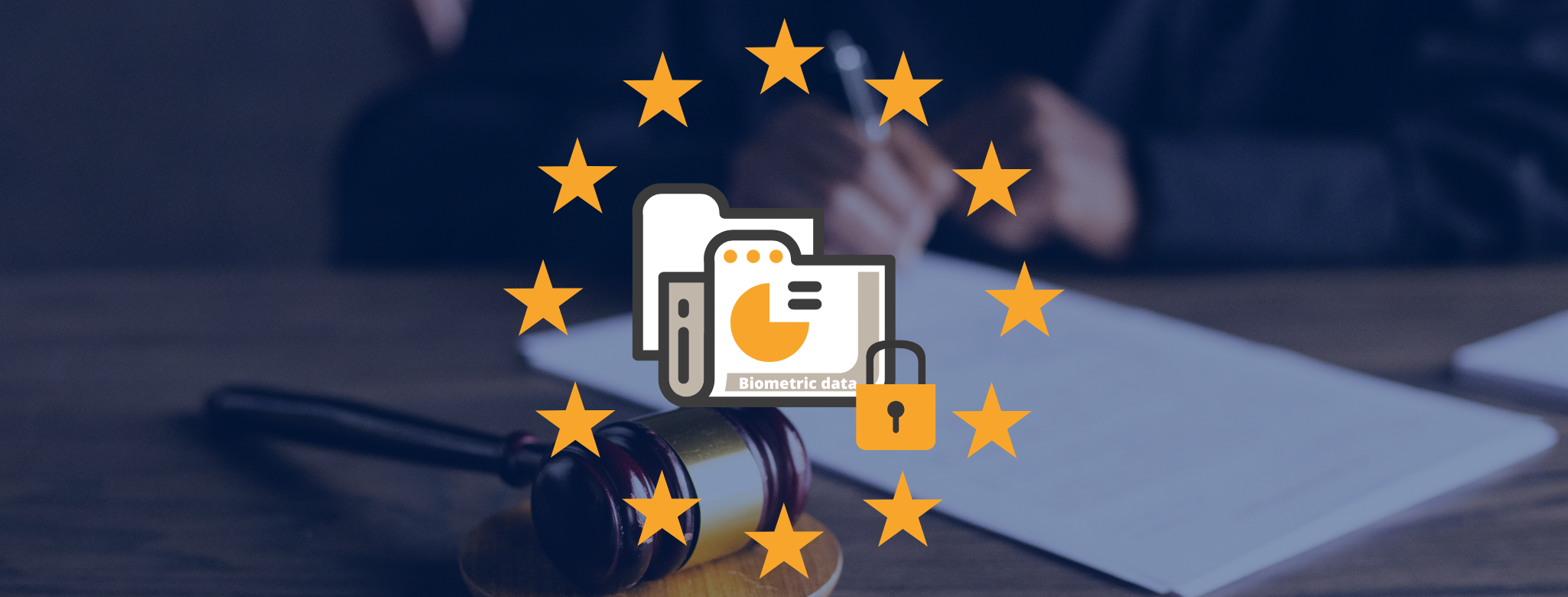Face recognition has been one of the tools that has helped the most when securing society, it’s been used for detecting criminals in crowded environments, capturing the temperature of sick people, helping in the analysis of microexpressions in forensic evidence…
In order to help understand the right use of this technology, the European Council has elaborated on a series of legal standards. In this blog we will go through some of them.
To understand the legality of the use of facial recognition we have to go back to the four fundamental rights adopted by the European Council and Parliament. These are neither absolute nor unlimited, but must be in balance with each other.
- The Right to the protection of personal data
- The Right to liberty and security
- The rights to life and to health
- The right to an effective remedy and to a fair trial
But, what happens when different rights conflict with each other? For example, in an airport it is more important to protect the freedom and security of travelers or even their rights to life and health in situations of terrorist or health attacks. Likewise, the forensic use of facial recognition can provide important evidence in a trial.
In these scenarios, which of them will be the one that will prevail?
We can find the answer on article 9.2 of GDPR. It identifies the cases in which facial recognition can be used:
Substancial public interest:
In other words, from a public security point of view, this kind of system must be available at least for the most threatened infrastructures and facilities. When we talk about threatened infrastructures, we refer to:
- All buildings related to strategic industries or supplying: energy, chemicals, water…
- Buildings with cultural value
- Places where a lot of people can gather: stadiums, shopping centers, concert halls…
Reasons of public interest in the area of public health:
In order to fight against “serious cross-border threats to health”. For example, in pandemic situations such as COVID-19, for searching people who weren’t wearing a mask or analyzing their body temperature.
Establishment, exercise or defense of legal claims:
When the processing of biometric data (such as face recognition) can be used to prepare or defend against any kind of legal claims.
In broadterms, we could say that face recognition is justified in situations where the most fundamental rights must be protected: security, health and justice.


